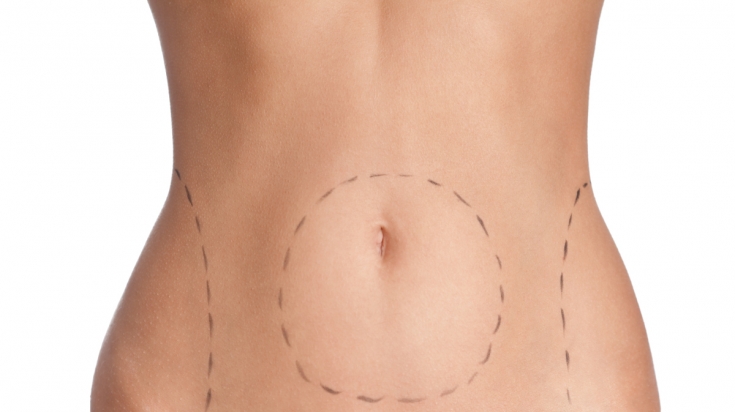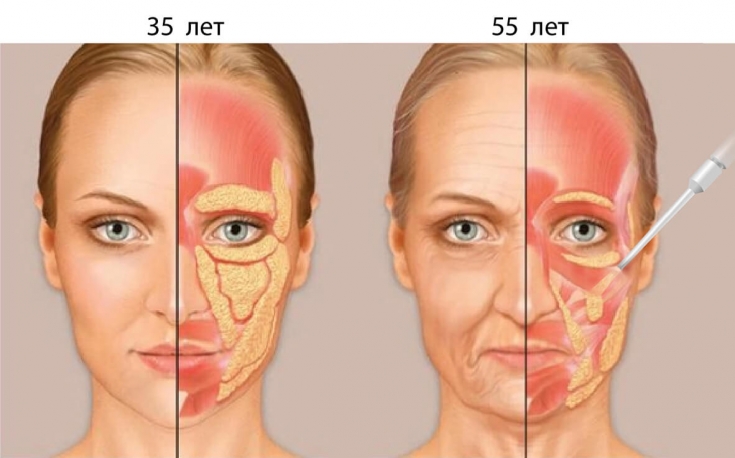Despite the fact that the history of transplantation of the patient's own fat – lipofilling – has been going on for more than a dozen years, as an independent and actively applied procedure, it exists relatively recently. In this regard, patients do not have much information and quite a large number of questions.
Questions relate to such issues as donor areas for lipofilling, the duration of the preservation of the result of the operation, possible side effects from the procedure and methods for their correction.
We have to answer them a lot and often, so we try to offer our patients a large amount of information on the pages of our site.
The most frequent questions from clients on lipofilling we asked MD. plastic surgeon David Grishkyan.
What are donor zones for lipofilling
Donor areas are those areas from which we receive fat for its subsequent transplantation. As a rule, this is the inner thighs, the leg area above the knee and the abdomen.
What are the wishes for donor areas?
D.G.: It is desirable that the fat contained in them has not previously been subjected to liposuction procedures (neither mechanical nor chemical), since previously injured fat has a less uniform structure and worse survival.

Duration of the result of lipofilling
D.G.: Duration of the result from lipofilling – very relevant question. The transplanted and accustomed fat remains in the area of lipofilling for life. It becomes part of other tissues of the face, chest or buttocks – depending on where the fat has been grafted, and behaves in the same way as other tissues behave with age.
We have emphasized established fat, as the issue of survival of fat – this is one of the most pressing issues of this procedure, and depending on the technique, different surgeons get different results.
If the technique for obtaining, processing or introducing fat is not correct, side effects may occur, manifested in the form of clumping of the injected fat (the formation of fatty sausages, which are often more noticeable in areas with thin skin). Therefore, it is so important that the lipofilling procedure be carried out by a competent specialist who is familiar with all the intricacies of this operation.
Indications for lipofilling
D.G.: Lipofilling is a universal procedure, so the indications for surgery can be very different. Fat is an ideal filler, and when we need to create volume in certain areas of the face or body, it is simply irreplaceable.
With the help of lipofilling, it is possible to increase the cheekbones, add volume to the chin area, upper eyelids, often blepharoplasty can be replaced by lipofilling. provide an opportunity to hide the contouring of the implants, and create additional fat in the chest area in thin patients.
Competently combining liposuction and lipofilling, it is possible to create beautiful body contours – slim waist and voluminous buttocks.
 What procedures and operations can be combined with lipofilling
What procedures and operations can be combined with lipofilling
Lipofilling is combined with all aesthetic surgery operations, except, perhaps, rhinoplasty. I do not recommend lipofilling of the cheekbones or eyelids in case of rhinoplasty to my patients, I do not see any other exceptions. Often, at the same time as rhinoplasty, we perform lipofilling of the chin, since more than 40% of patients who need aesthetic correction of the nose require an increase in it.
D.G.:Lipofilling is highly desirable in case of any anti-aging operations. The fatty layer of the face also migrates and thins like other tissues. By stretching the skin and muscles, we must recreate the anatomically correct young face shape, because due to bone resorption and fat atrophy, our face loses volume and shape over the years.
Fat is perfect for this. After all, the only alternative to fat in the case of face shape correction are anatomical facial implants, – which are much more traumatic and less predictable in the postoperative period than fat.
If a second lipofilling procedure is planned, how soon can it be performed
D.G.:Often, when a large amount of fat is needed, we warn patients that a pre-correction procedure may be needed – this is provided by the methodology and allows you to get better results in terms of survival of fat. After all, the number of blood vessels in the recipient zone is limited, and by introducing an excessive amount of fat, we run the risk that not all fat cells will be able to receive the necessary nutrition in a timely manner, and therefore take root. A second procedure can be performed already 3 months after the first operation.
How long is the rehabilitation period after lipofilling?
Since lipofilling – The procedure is less traumatic, and the rehabilitation after it is quick and gentle. The main problems that may bother the patient are bruising and swelling, which completely disappear approximately two weeks after the operation. But, as a rule, they are noticeable mainly to the patient, but for others, the face retains an almost normal appearance. The healing of donor zones – those from which fat was obtained, but even after a month they restore their shape – as a rule, better than before, because now the patient looks slimmer.
Necessary conditions that the patient must comply with?DG:
Lipofilling does not involve any special procedures, diets or lifestyle in the postoperative period. Even the bandage is not applied to the patient. Compression garments must be worn – for the fastest and best healing of tissues in the donor area.
To reduce facial swelling, it is advisable to sleep with your head elevated for at least 2-3 days after surgery and avoid physical activity for two weeks.
We also recommend physiotherapeutic procedures to our patients, in particular khivamat, which reduce the degree of tissue swelling and allow faster observation of the result of the operation.
You might be interested in:
Dublin protocol for the treatment of complications after fillers (video)Lipofilling of the nasolabial folds: a rejuvenation technique





